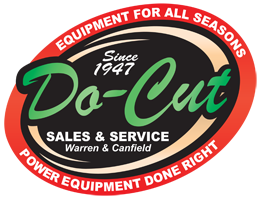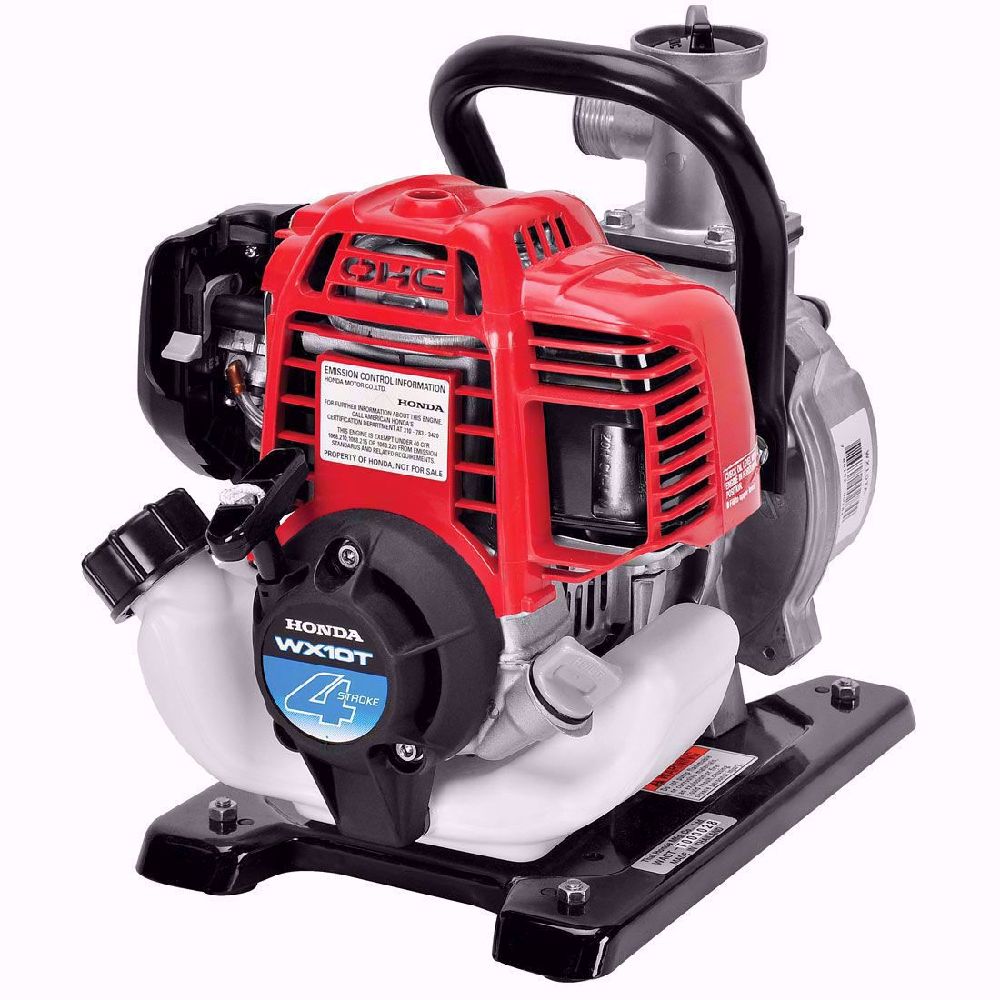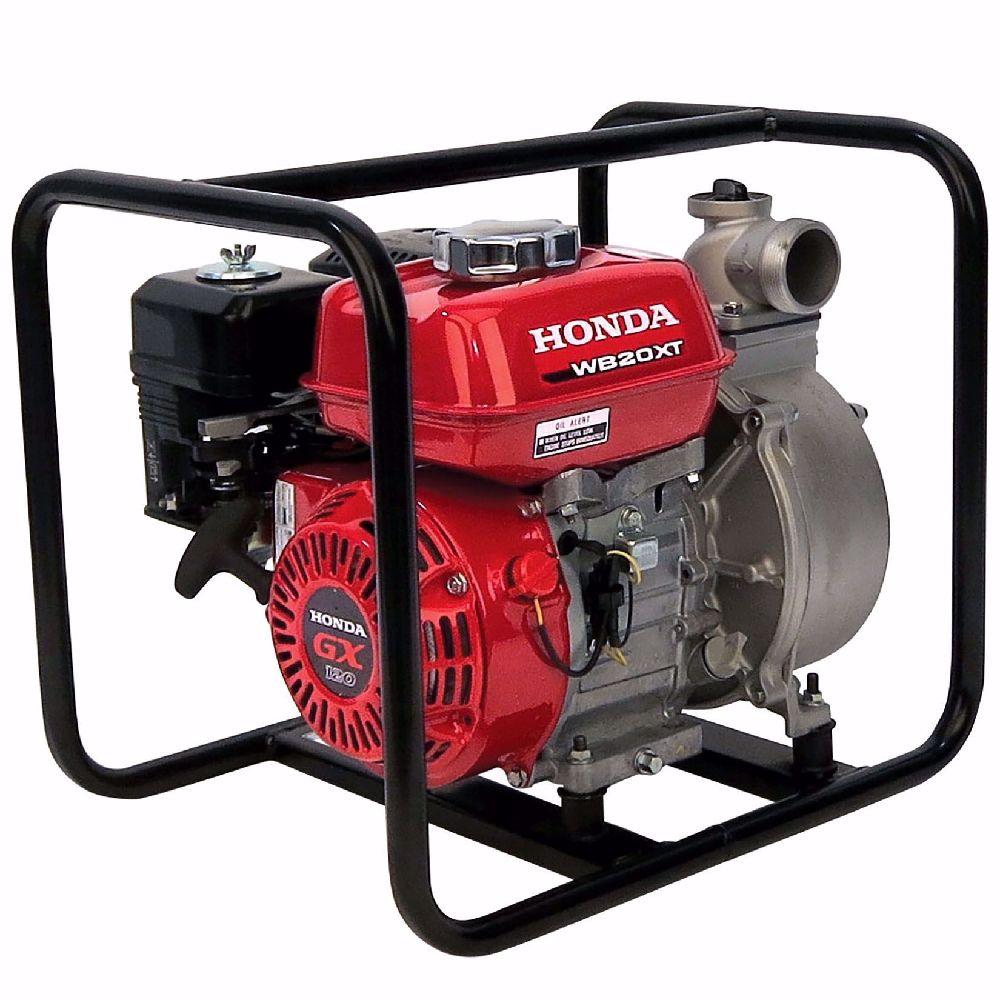Water Pumps
Do-Cut Sales and Service has the best selection of water pumps along with an experienced sales and service team to answer all of your pump questions!
There is no doubt that owning a water pump can come in very handy for a number of reasons. Maybe you live in an area where flooding occurs regularly and need submersible pumps to help clean up afterwards, or are interested in a water pump to fill your swimming pool.
- A water pump is used to move, compress, or transfer water from a lower level to a higher one. The main purpose of a water pump is to transfer water between two points to remove excess water.
- Pumps are often used in construction sites, tunnels, riverbeds, residential buildings.
- A water pump is a mechanical device designed to move fluid by the transfer of energy from one or more driven rotors, called impellers.
- Fluid enters the rotating impeller and is cast out by centrifugal force through the impeller’s vane tips. The impeller increases the fluid’s speed and pressure and directs it towards the pump outlet.
- The water pump casing is specially designed to constrict the fluid from the pump inlet, direct it into the impeller and then control the fluid before discharge.
Great deals on water pumps!
Shop online today at Do-Cut's Power Equipment Warehouse
How Does a Centrifugal Pump Work?
- The impeller is primary component of a centrifugal pump. It consists of curved vanes sandwiched between two discs (an enclosed impeller).
- Fluid enters the impeller at its axis (the ‘eye’) and exits along the circumference between the vanes. The impeller, on the opposite side of the eye, is connected through a drive shaft to a motor and rotates at high speed (typically 500-5000 rpm). The rotational motion of the impeller accelerates the fluid through the impeller vanes into the pump casing.
- There are two basic designs of pump casing: volute and diffuser. The purpose in both designs is to translate the fluid flow into a controlled discharge at pressure.
- In a volute casing, the impeller is offset, creating a curved funnel with an increasing cross-sectional area towards the pump outlet. This design causes the fluid pressure to increase towards the outlet.
- A centrifugal pump operates through the transfer of energy from one or more impellers. The impeller increases the fluid’s speed and pressure and directs it towards the pump outlet. The centrifugal pump is easy to operate and maintain.
- Centrifugal pump designs offer simple and low-cost solutions to most low pressure, high-capacity pumping applications involving fluids such as water, solvents, chemicals, and light oils.
- Positive displacement pumps are used for applications involving highly viscous fluids such as thick oils and slurries.
Water Pumps
The term water pump describes a wide range of pumps that fall under classifications based on their application or function. The qualifier for a water pump is that it moves clear water free of solid objects. Water pumps send high volumes of fluid through a small opening to achieve high pressure levels, so any solid object larger than 0.25 inch cannot pass through.
Some situations that warrant using a water pump include:
- Draining or filling pools, hot tubs, ponds, or quarries.
- Watering lawns.
- Removing water from a basement.
- Performing municipality water maintenance.
Trash Pumps
- While water pumps are best for clear water applications, a trash pump is best for handling murky water containing solids. These pumps can manage large volumes of water, but do so at a lower pressure level.
- Since trash pumps work at lower pressure, they can move water containing debris like leaves, twigs, clumps of dirt and other substances between 0.75 and 1.25 inches. These materials will pass through the pump without clogging or damaging its components.
- Trash pumps can also send large quantities of water over a wide area as opposed to a focused point.
- Use a trash pump in industrial or agricultural applications like:
- Dewatering construction sites or gravel pits.
- Dampening construction sites for dust control.
- Creek diversion.
- Wastewater treatment.
- Watering fields.
Deciding Which Pump Model Is Best For You
There are a few things to consider when choosing between a water pump versus a trash pump. Here are factors to keep in mind when selecting a pump configuration:
- Potential for debris: Analyze the water you need to move to determine how likely it is to contain hard debris. If you are pumping water from a clear source, a water pump will work fine, but bodies containing leaves, twigs, pebbles and other debris require a trash pump.
- Water quantity and time constraints: Consider how much water you need to move, and how much time you have to do it. A water pump will move water at a higher pressure and faster rate, although trash pumps have a greater flow rate.
- Desired pressure: Some jobs require heavy pressure while others need a delicate application. A water pump's high-pressure capability is great for sending water over great distances, while the lower pressure of a trash pump can distribute water over a surface without damaging or displacing it.
It may be a little overwhelming to select the proper pump, but when you come talk to the professionals at Do-Cut Sales & Service, we will make sure you have the right pump for the job. Don’t forget to get the hose kits for the pumps - they will make your job easier.




